
Śayana means place of rest. According to the creation myth there is a thousand-headed serpent known as Âdiśeṣa or Anantaśeṣa who swims coiled up in the sea of a yet to be manifested world. The god Viṣnu is seated upon this creature. As Âdiśeṣa begins to unwind, the entire universe begins to unfold. As it coils back up, the universe again starts to contract. Viṣnu is known as the god of preservation, and he preserves the world when Âdiśeṣa uncoils. Viṣnu's resting place is at the center of this beautiful creation story.
2. Regeneration mit Superkompensation
Nach der Herausforderung ist das Körpersystem zunächst schwächer als vorher. Du kannst beispielsweise nicht gleich wieder noch mehr Liegestütze ausführen. Auch beim Üben von Gleichgewichtshaltungen wird sich nach einiger Zeit eine gewisse Erschöpfung einstellen, und Du beginnst mehr zu wackeln. Diese Phase wird als Erschöpfung bezeichnet. In der Regenerationszeit passt sich das Körpersystem jedoch an die Herausforderung an. Im Beispiel Liegestütze wird der Muskel kräftiger. Im Beispiel Balancehaltung entstehen neue Nervenverbindungen, die für Dein Gleichgewicht nötig sind. Diese Phase wird Superkompensation genannt.
3. Erneute Herausforderung zur richtigen Zeit
Die erneute Herausforderung des gleichen Körpersystems soll erfolgen, wenn es sich nach der vorherigen Herausforderung vollständig regeneriert hat und besser an die Herausforderung angepasst ist als zuvor. Erfolgt die nächste Herausforderung zu früh, so trifft sie noch in die Phase der Erschöpfung. Das Körpersystem wird mit jeder neuen Herausforderung schwächer. Warten wir zu lange mit einer nächsten Herausforderung, so verpassen wir die Phase der Superkompensation. Die erneute Herausforderung trifft auf ein Körpersystem, das sich etwa im selben Zustand befindet wie zuvor. Mit anderen Worten: unser Training ist nutzlos.
Die Regelmäßigkeit macht‘s
Die große Frage ist nur: Was ist die richtige Regenerationszeit? Ein Muskel benötigt zum Anpassen auf eine Maximalkraftbeanspruchung beispielsweise etwa fünf Tage zur Regeneration. Möchten wir also maximal kräftige Muskeln entwickeln, so sollten wir die Muskeln ca. alle fünf Tage mit einer Maximalkraftbelastung herausfordern.
Unser Nervensystem benötigt hingegen auf koordinative Beanspruchungen nur etwa zwei Stunden Regenerationszeit. Üben wir eine Balancehaltung nur einmal pro Woche, dann entspricht dies der 84-fachen Regenerationszeit. Das wäre in etwa so, als würden wir einmal pro Jahr die Maximalkraft eines Muskels trainieren. Vermutlich wird so unser Bemühen keine größeren Früchte tragen.
Tip
When you are practicing balancing poses, try at the beginning to practice them throughout the day for a while. In this way your nervous system will be able to adapt and build on the last attempt made. The good news is that once you have acquired this new level of balance, it will be preserved for a long time. It is precisely like riding a bike: once you have achieved balance, you never forget.
Die Praxis von Śayanāsana
Wenn Du Dich entschieden hast, Deine Balance auf dem Weg in Śayanāsana zu entwickeln, dann kannst Du folgende Schritte erproben:
1. Set up your foundation:
Starting from a kneeling position, place the underarms shoulder distance and parallel on the ground with the palms facing down. Try to press the entire length of the forearms through the hands evenly and firmly onto the ground (figure 1).
2. Turn your world upside down
Lay the flat surface of the skull on the ground and straighten the legs, walking them slowly in toward the elbows until you are only on your toes. Reach your sitz bones and sharpen your tailbone to lengthen your seat upwards. The majority of your weight remains carried by your forearms and hands (figure 2).
3. Learn to balance:
From here, bend one knee after the other, pointing the feet upward. Keep your toes close to the ground at first as you build confidence and avoid falling (figure 3).
4. Build confidence:
As you slowly grow more comfortable with your ability to balance, you can stretch the legs upward. If you start to lose balance, simply bend the knees again (figure 4).
5. Shift weight and apply leverage:
To challenge your balance further, you can move your feet backwards slightly and bring your shoulders straight over your elbows. By shifting your weight and applying leverage you will be surprised how effortlessly your head will lift from the ground (figure 5).
6. Time stands still
The next step requires a lot of patience as you move towards taking the final position of Śayanāsana. First observe how your weight is distributed in your forearms. Shift your weight toward the elbows as much as possible. Lift one hand from the ground and bring it to your chin. Once stable, lift the other hand and do the same. When you practice this, make sure to start with alternating sides as the first side to lift. The ultimate key to reaching balance in the final position is balance throughout the entire body. (figure 6).
Śayana: the resting place of the universe and the point from which the entire universe expands and contracts. There are few poses which test your diligence in practice and patience as much as in the final position of Śayanāsana. And yet, it is completely worth it! Once you are in this pose, the world seems to stand still. What might at first be just a moment gradually becomes longer periods of time when you feel that you are simply floating in space. Once you experience this for yourself, you will fully appreciate how aptly this asana was named.
Shifting focus from the external form to the internal experience of balance
To me, yoga is not about what you are able to see from the outside, but rather the cultivation of balance within. Any doctor would agree that even finding inner balance has a lot to do with our nervous system. To develop this skill you need even more frequent practice than the most challenging balancing posture. You do so by tracking your sense of inner balance and working to bring yourself back to center over and over again. Have fun practicing!
Dieser Artikel wurde im Yoga Aktuell 2015 Juni/Juli veroffentlicht
-

Filip Vukelic
at 21.06.2020Hallo Ronald
I have a problem with this posture,
I can not lift my arms from the floor for some reason but i do have enough strength and balance to hold pincha mayurasana effortlessly... Do i need [...] Hallo Ronald
I have a problem with this posture,
I can not lift my arms from the floor for some reason but i do have enough strength and balance to hold pincha mayurasana effortlessly... Do i need more strength or do i need to position my self better some how?-
Hello Filip,
oh yes, the final state of this Asana is quite a challenge. What helped me a lot were these points:
1) Usually when I do Pincha Majurasana my weight is pretty much also on the palms [...] Hello Filip,
oh yes, the final state of this Asana is quite a challenge. What helped me a lot were these points:
1) Usually when I do Pincha Majurasana my weight is pretty much also on the palms of my hands. For Shayanasana the weight needs to be all the way back on the elbows. So you can play with this shifting of weight a bit.
2) First lift just one hand to the chin. Then transfer the weight on the elbow with the lifted hand. Then transfer the other hand to the chin. This makes it much more easy to lift the second hand. - I know. traditionally you jump in, with your hands already on your chin. But lets leave this for the next step to learn. :)
3) A big magic for me was using my whole body to balance. So I feel a bit like a Puma jumping, creating a balance between belly and back.
Most important is the fun of practicing.
Enjoy your practice
Ronald -

Margarete Langmann
at 22.06.2020das klingt richtig gut!!! ha. das werde ich mich jetzt auch mal trauen. just do it. jeder fehler bringt uns dem ziel näher :-) das klingt richtig gut!!! ha. das werde ich mich jetzt auch mal trauen. just do it. jeder fehler bringt uns dem ziel näher :-)
-
Viel Freude! Viel Freude!
-
-

Margarete Langmann
at 06.04.2020Danke Ronald,
jetzt sehe ich alles :-) super schön. Danke Ronald,
jetzt sehe ich alles :-) super schön.-
Top! Top!
-
-

Margarete Langmann
at 03.04.2020der artikel ist schön und nachvollziehbar :-) ich kann hier leider keine bilder sehen sondern nur quellcodes :-( der artikel ist schön und nachvollziehbar :-) ich kann hier leider keine bilder sehen sondern nur quellcodes :-(
-
Hallo Margarete,
vielen Dank für Deinen Hinweis. Nun sind die Bilder wieder da.
Viel Freude beim Üben - eine meiner Lieblingssequenzen - wünscht Dir
Ronald Hallo Margarete,
vielen Dank für Deinen Hinweis. Nun sind die Bilder wieder da.
Viel Freude beim Üben - eine meiner Lieblingssequenzen - wünscht Dir
Ronald -

Margarete Langmann
at 03.04.2020lieber roland, danke für die flotte antwort :-) man merkt, dass du all die übungen liebst. darum macht es auch so spaß, das mit dir zu üben. wobei ich ja ganz ganz viele sachen wahrscheinlich nie [...] lieber roland, danke für die flotte antwort :-) man merkt, dass du all die übungen liebst. darum macht es auch so spaß, das mit dir zu üben. wobei ich ja ganz ganz viele sachen wahrscheinlich nie können werde. aber das macht nichts. bringt einfach freude. (bei mir sind die bilder leider trotzdem nicht. vielleicht liegt es auch an meinem browser???)
-
Hallo Margarete,
jetzt aber sollte es gelöst sein. :)
Vielen Dank für Deine Hilfe und viel Freude beim Üben wünscht Dir
Ronald Hallo Margarete,
jetzt aber sollte es gelöst sein. :)
Vielen Dank für Deine Hilfe und viel Freude beim Üben wünscht Dir
Ronald -
Ah.... in der Tat, die End-Position: Śayanāsana ist ziemlich fordernd. Doch die Schritte dahin für viele durchaus machbar. Viel Freude dabei. Ah.... in der Tat, die End-Position: Śayanāsana ist ziemlich fordernd. Doch die Schritte dahin für viele durchaus machbar. Viel Freude dabei.
-
-

mukesh saklani
at 04.07.2019Danke dir....best explained and analyzed. Danke dir....best explained and analyzed.
-
Thank you! Have fun :-) Namaste und eine schöne restliche Woche. Ines vom AYI Team Thank you! Have fun :-) Namaste und eine schöne restliche Woche. Ines vom AYI Team
-
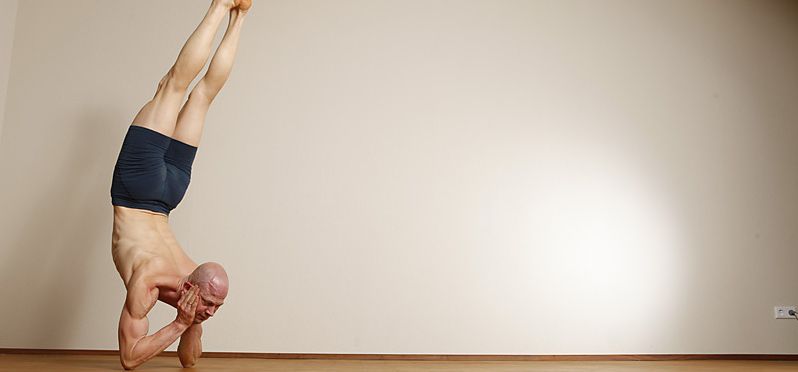

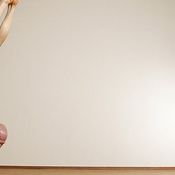
 Dr. Ronald Steiner
Dr. Ronald Steiner
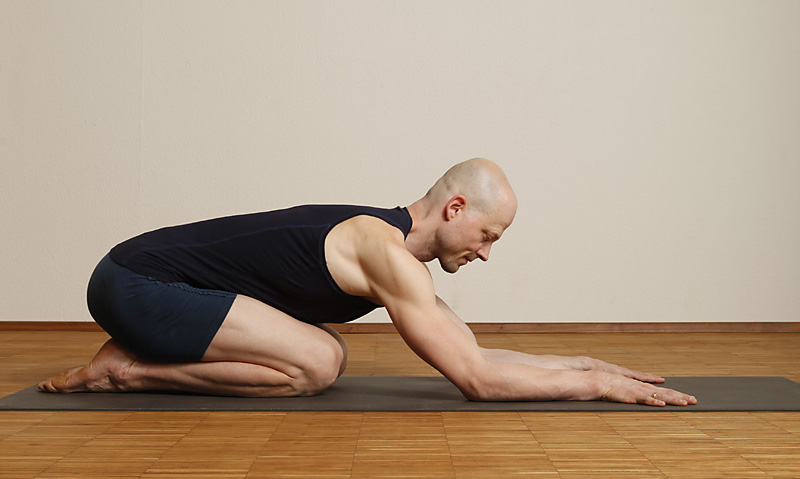
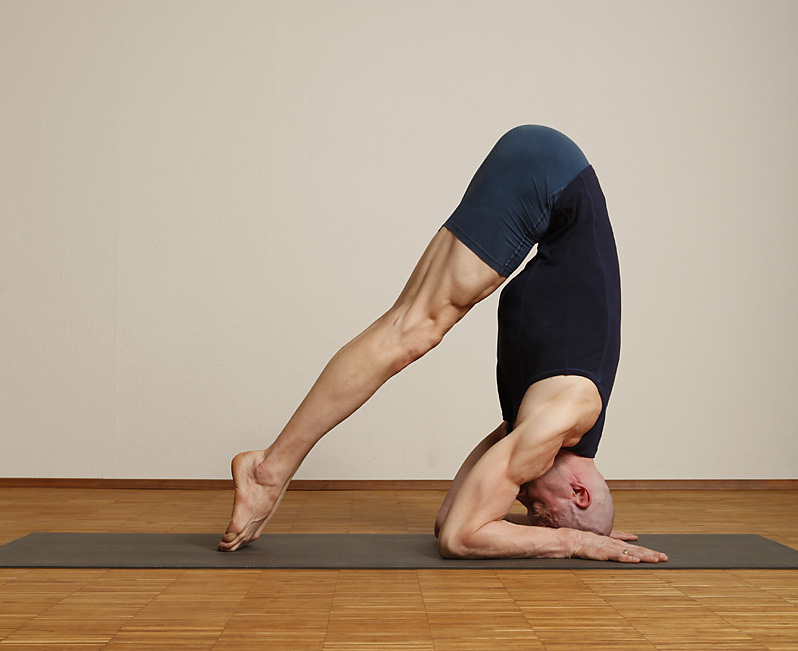
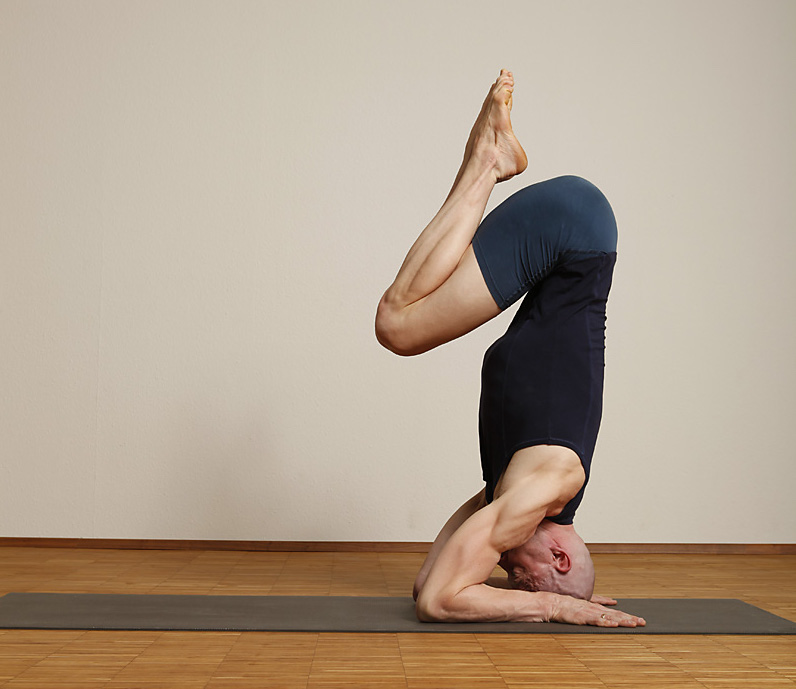
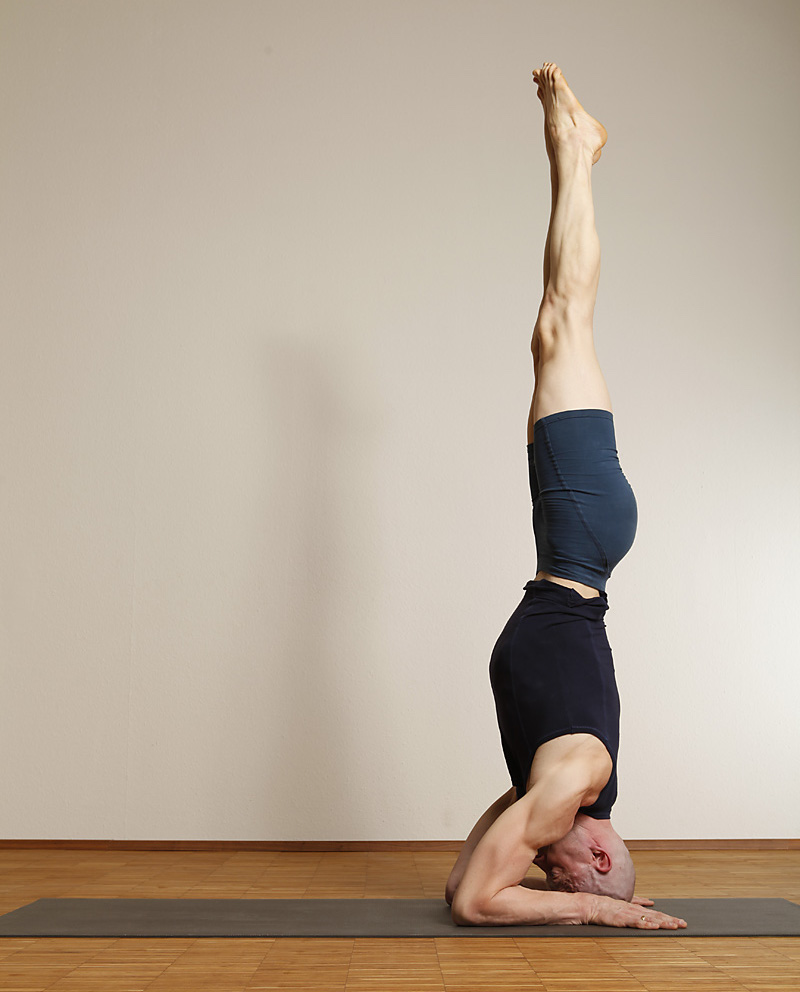
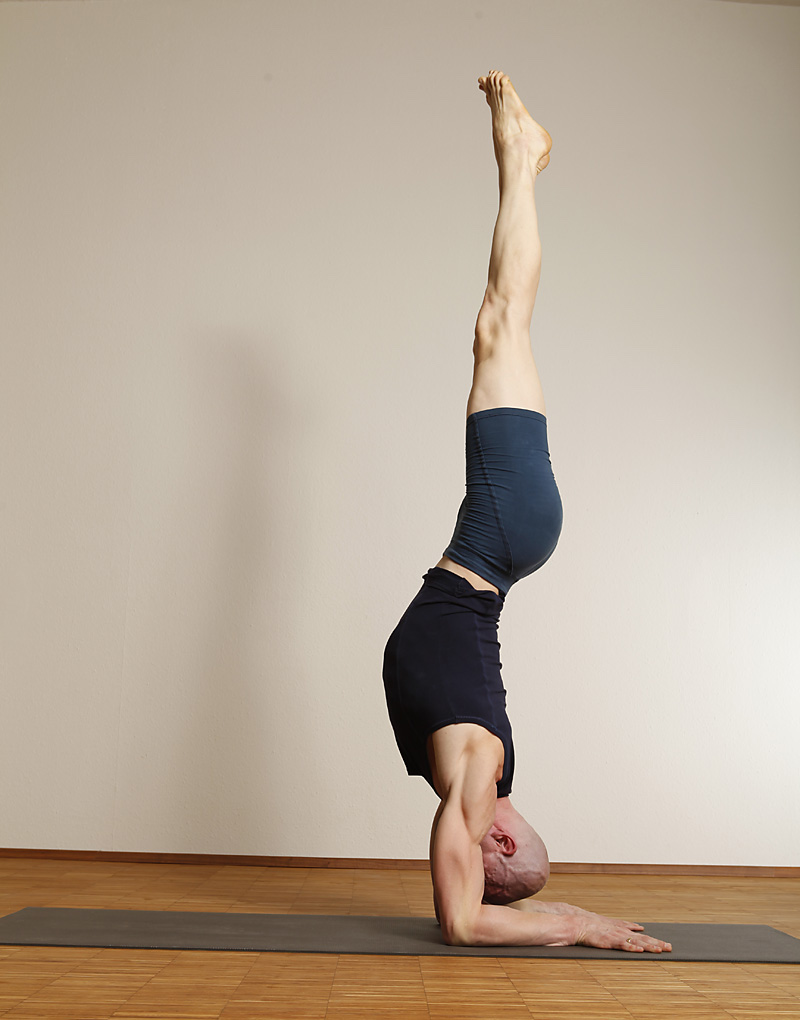
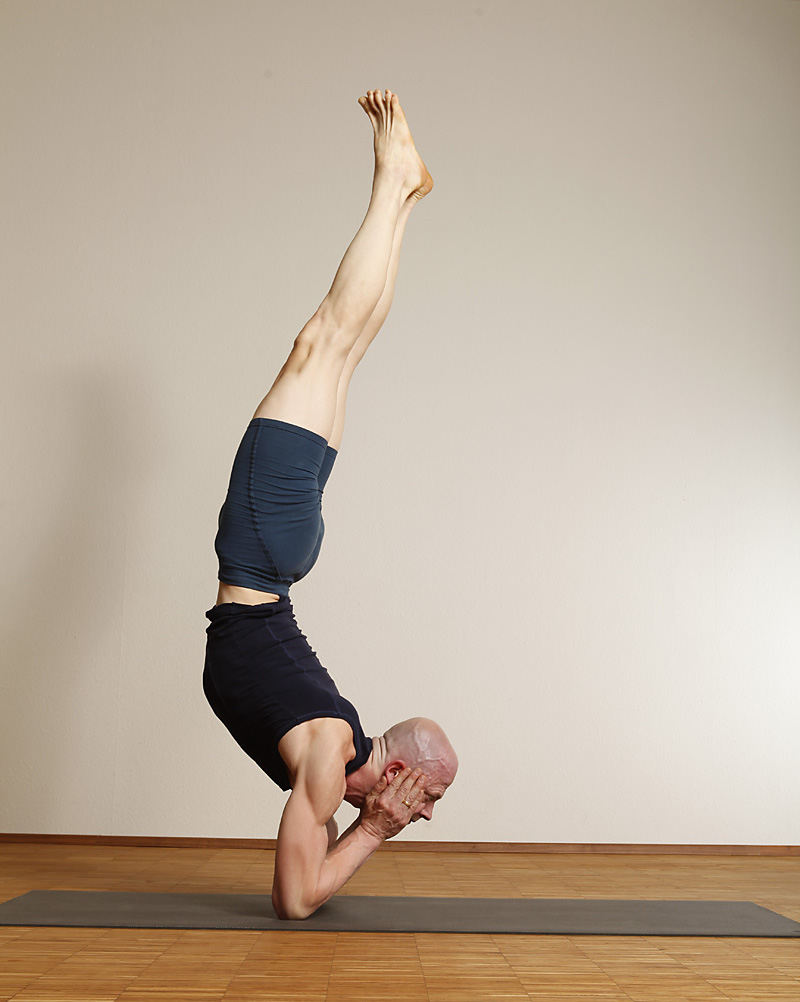


Messages and ratings